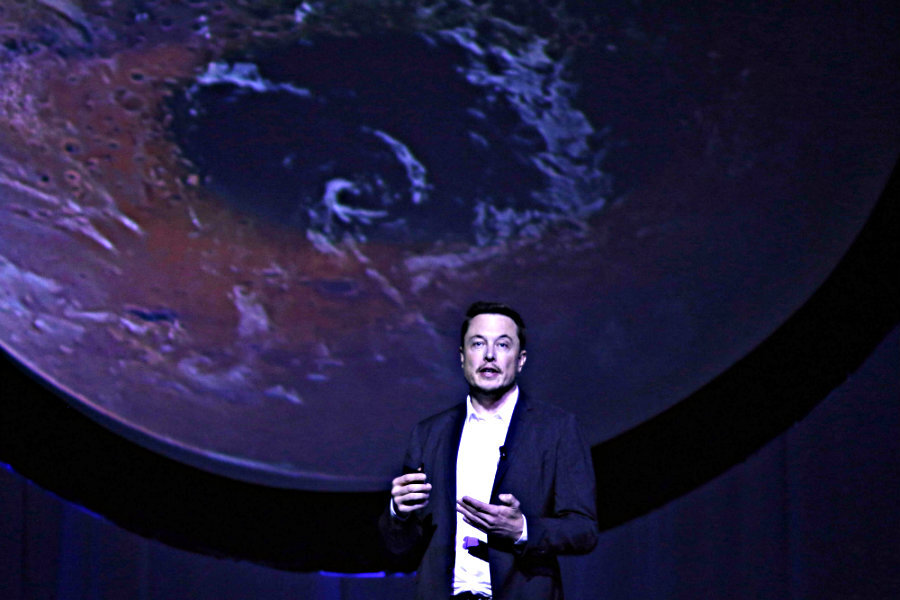Why SpaceX wants to create a global internet network
Loading...
Federal Communications Commission documents show that SpaceX chief executive officer Elon Musk plans to put more than four thousand satellites in space as part of a grander plan to create a worldwide, high-speed internet network.
This project may seem like yet another of Mr. Musk’s eccentric and brilliant moonshot ideas, but it is a prospect that has been weighed by a number of companies in recent years. Such a network could provide internet access to populations that are currently underserved by traditional internet providers, expanding connectivity and pushing progress worldwide.
"The system is designed to provide a wide range of broadband and communications services for residential, commercial, institutional, government and professional users worldwide," wrote SpaceX in the FCC documents, .
SpaceX’s FCC filings should not come as a surprise – Musk first floated the idea of a global internet network in 2015.
"Our focus is on creating a global communications system that would be larger than anything that has been talked about to date," Musk told Bloomberg Businessweek nearly two years ago.
The company says that its goals are twofold: SpaceX hopes that by launching thousands of satellites, it can deliver faster internet at a lower cost, which would in turn enable millions of people to access the internet.
According to the filing data, SpaceX plans to launch precisely 4,425 satellites to create its network, more than are currently in space. According to Business Insider, there are approximately 1,400 active satellites in space, while another 2,600 inactive satellites remain in orbit. Each satellite will be about the size of a small car, and will cover a swath of territory approximately the distance between Maine and the Florida panhandle.
SpaceX’s initial launch will contain about 800 satellites, and after the company tests the waters with this first batch, it plans to launch the remainder. Once fully implemented, Musk estimates that the satellite array will provide internet speeds approximately 180 times the current worldwide average.
The company is not alone in its hopes that it can expand internet access to the approximately two thirds of people worldwide who do not currently have the ability to easily get online.
In March last year, Google’s Project Loon re-entered the dialogue in tech circles. First floated five years ago, Project Loon is an ambitious plan to expand internet access through a series of Wi-Fi enabled balloons.
Although it may sound as crazy as its name, Google’s plan just might work – the balloons it is considering have the ability to remain aloft for six months. The project is focused on underserved areas, particularly in the Southern Hemisphere, and is currently being tested in several remote places.
Other companies, including Boeing and Samsung, have also explored the possibilities of worldwide internet, and Airbus and Virgin are currently partnering on a venture called OneWeb, which seeks to enable affordable internet access by launching their own satellite network.
Another unstated goal of SpaceX’s satellite plans may be to create a model for an internet network that could work on Mars, in order to provide internet to Musks’ planned Mars colonizers.
The Christian Science Montior’s Lonnie Shekhtman reported on Musk’s Martian dreams in September:
To make colonization sustainable, Musk says, would require reducing the cost to about $200,000 per person, or approximately the median cost of a house in the United States. Achieving that would involve making rockets reusable and increasing capacity and efficiency of the Mars journey. Musk estimates that SpaceX initially would need to build a fleet of about 1,000 ships, carrying 100 people, departing from Earth every 26 months to make the venture economically viable.
"The key is making this affordable to anyone who wants to go," Musk said.








